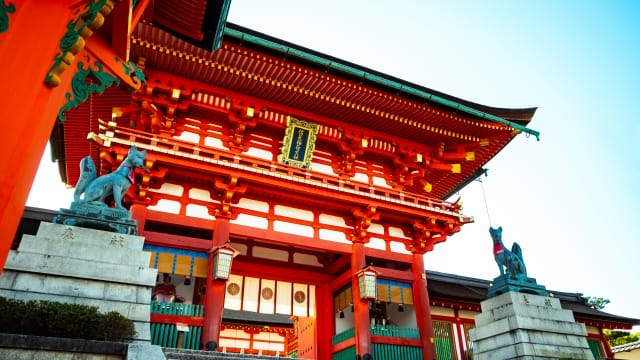Fushimi Inari Shrine, located in southern Kyoto, is a significant shrine known for its thousands of vermilion torii gates. It’s one of the largest and most important shrines in Japan dedicated to Inari, the god of rice and prosperity. The shrine was established by the Hata clan in 711 and moved to its current location in the 9th century.
This shrine primarily worships Inari Okami, the deity of rice, agriculture, and business. Its origins date back to before 794, when Kyoto became the capital. The shrine’s entrance features a famous tower gate, donated by Toyotomi Hideyoshi in 1589.
Within the shrine’s grounds lie thousands of torii gates, each donated by individuals or companies. These gates line paths behind the shrine, leading through the sacred Mount Inari’s forest. Although the round-trip hike to the mountain’s summit takes about 2-3 hours, visitors can turn back whenever they choose.
The shrine has played a significant role in Japanese culture and history. For instance, foods like “Inari sushi” and “kitsune udon” originate from this shrine. It has also influenced various art forms and pop culture; for example, Nintendo game designer Shigeru Miyamoto drew inspiration for the “Star Fox” series from this shrine.
Fushimi Inari Shrine is famous for its impressive tunnel of torii gates and hundreds of fox statues on its premises. These foxes are considered messengers of the Inari deity, often depicted holding keys in their mouths.
Fushimi Inari Shrine History and Origin

Establishment of Fushimi Inari Shrine
The establishment of Fushimi Inari Shrine dates back to 711. Initially founded by the Hata clan on Mount Inari southwest of Kyoto, the shrine was relocated to its current location in 816.
Origin and Legend of Inari Deity
There’s a legend about the origin of Inari Okami, the deity of the shrine. According to the legend, a rice cake shot into the air transformed into a swan and landed on a mountain peak, where rice grew – a sign of good omen in Japan. This led to the enshrinement of Inari Okami at this site.
Development Through Eras
During the early Heian period (794-1185), the shrine received imperial patronage and was elevated to the highest rank of Shinto shrines in 942. Its main structures were built in 1499 and are designated as Important Cultural Properties of Japan.
Relocation to the Current Site
In the 9th century, Fushimi Inari Shrine was moved to its present location near Kyoto. This move marked a significant turning point in the shrine’s history and development.
Cultural and Historical Significance
Fushimi Inari Shrine is the most important among thousands of shrines dedicated to the Inari deity, establishing its status as the deity of rice, agriculture, and commerce. During the Edo period (1603-1868), it garnered special attention from merchants and manufacturers who commonly donated torii gates to the shrine.
From this information, it’s clear that Fushimi Inari Shrine is more than a religious site; it’s deeply embedded in Japanese culture and history. The faith in Inari deity and its significance in commerce and agriculture have influenced many people over the ages.
Architecture and Design

Architectural Style of the Shrine
Fushimi Inari Shrine’s architecture strongly reflects traditional Japanese shrine construction. The main buildings of the shrine are made of wood, featuring elegantly curved roofs. The tower gate at the shrine’s entrance, donated by Toyotomi Hideyoshi in 1589, is particularly noteworthy for its historical significance.
The Iconic Red Torii Gates (Senbon Torii)
The most symbolic feature of Fushimi Inari Shrine is the tunnel of red torii gates, especially the section known as “Senbon Torii.” These gates, aligned along paths behind the shrine and leading through the forest to the mountain’s summit, were donated by individuals and companies. Each gate bears the donor’s name and date of donation.
Main Buildings and Their Significance
The shrine’s main structures include lower, middle, and upper shrines, as well as auxiliary shrines. Each building enshrines specific deities, reflecting the complexity and depth of the shrine. The main hall (Honden), the most important building, directly venerates Inari Okami.
The design of these buildings and torii gates mirrors the shrine’s sacred nature, providing visitors with peace and spiritual purification. The overall design of the shrine harmonizes with nature, leaving a profound impression on those who visit.
Cultural Significance
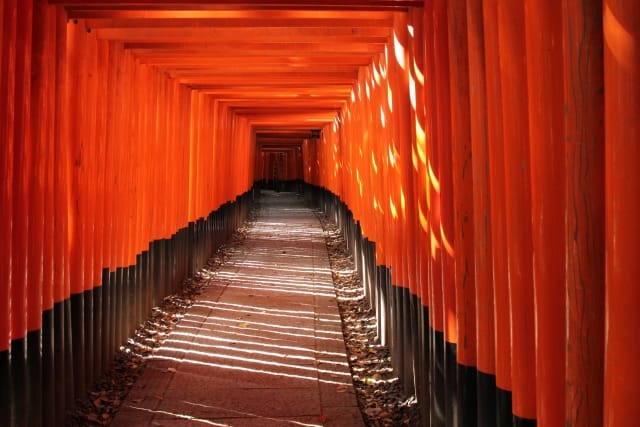
Impact of Inari Deity on Agriculture
Fushimi Inari Shrine, dedicated to the Inari deity, has been deeply connected to Japanese agriculture. Revered as the god of rice and agriculture, Inari is believed to oversee harvests and the prosperity of farmlands. As a result, Inari has been an important deity for many farmers and communities. The worship of Inari has also influenced the development of agricultural techniques and cultural customs that show respect for agricultural products.
Influence on Commerce
With the onset of the Edo period, Fushimi Inari Shrine gained importance as a deity of commerce. Merchants and manufacturers donated torii gates to the shrine, wishing for business prosperity. This practice created a cultural tradition of attributing commercial success and prosperity to the Inari deity. Even today, many businesses and individuals continue to make offerings at the shrine for the success of their ventures.
Role in Japanese Culture
Fushimi Inari Shrine plays a significant role in Japanese culture. It functions as a symbol of traditional festivals, annual events, and the unique architecture and aesthetics of Japan. Visiting the shrine offers a spiritual purification and self-discovery experience for many Japanese people and also provides an opportunity for international visitors to deepen their understanding of Japanese traditions and culture.
The shrine, with its beautiful natural setting, symbolizes the harmony between nature and humanity in Japan. Additionally, the torii gate tunnel and fox statues have greatly influenced Japanese art and pop culture, contributing to the spread and recognition of Japanese culture.
Thus, Fushimi Inari Shrine holds cultural significance in both agriculture and commerce and plays an essential role in the traditional culture and modern society of Japan.
Festivals and Events at Fushimi Inari Shrine
Fushimi Inari Shrine hosts various traditional festivals and events throughout the year, each with its unique background and significance.

- Hatsuuma Taisai (First Horse Festival): This festival celebrates the anniversary of the shrine’s establishment and takes place on the first Day of the Horse according to the old lunar calendar. It involves giving thanks and prayers to Inari Okami.
- Sangyo-sai (Industry Festival): Held on the second Sunday of April, this ceremony expresses gratitude to Inari Okami and prays for business success and economic prosperity.
- Minakuchi Hashu-sai (Rice Planting Festival): Conducted on April 12, this event involves transplanting rice seedlings and praying for Inari’s protection for a strong growth and rich harvest.
- Inari-sai, Shinko-sai (Inari Festival, New Harvest Festival): Occurring around April 20, this is one of the shrine’s most important annual festivals, featuring the transportation and blessing of Inari Okami.
- Oharae-shiki (Great Purification Ceremony): Held on June 30, this purification rite involves transferring sins and impurities since the New Year onto doll-like figures, which are then released into rivers and the sea.
- Motomiya-sai (Main Shrine Festival): Taking place on a Sunday or holiday after July’s Day of the Ox, this festival attracts worshippers from Inari shrines across Japan.
- Setsubun (Bean-Throwing Festival): Celebrated annually on February 3 or 4, this festival involves throwing beans at demons to drive away bad luck and bring in good fortune.
- Hitakisai (Fire-Burning Ceremony): Held every November 8, visitors donate money and write their names or prayers on special goma sticks, which are burned in a bonfire ceremony.
- Kenka-sai (Quarrel Festival): This festival is marked by a quiet, ritualistic atmosphere, showing respect to the deities.
These festivals and events offer great opportunities to experience Japan’s traditional religious customs and culture. Each festival, with its unique rituals and impact on the community and economy, reflects the cultural importance of the shrine.
Attractions Near Fushimi Inari Shrine
The area surrounding Fushimi Inari Shrine boasts many worthwhile attractions. Here are some particularly recommended spots:
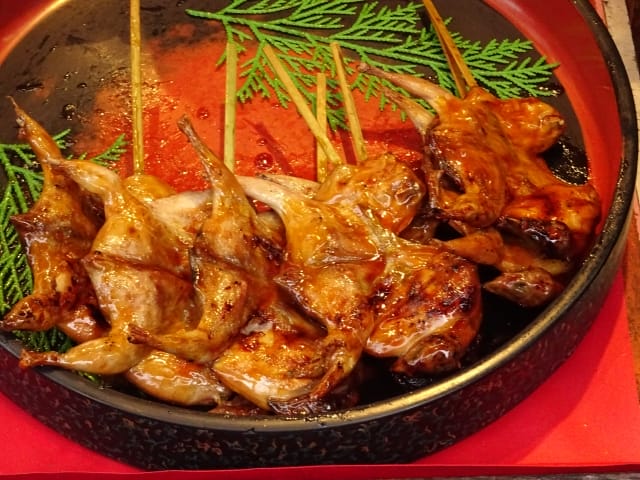

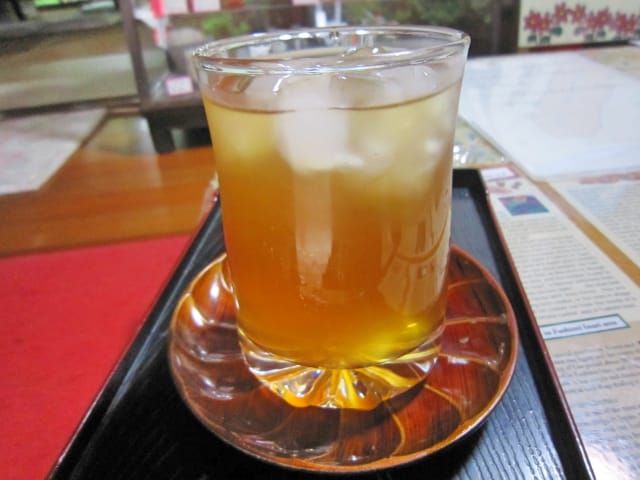
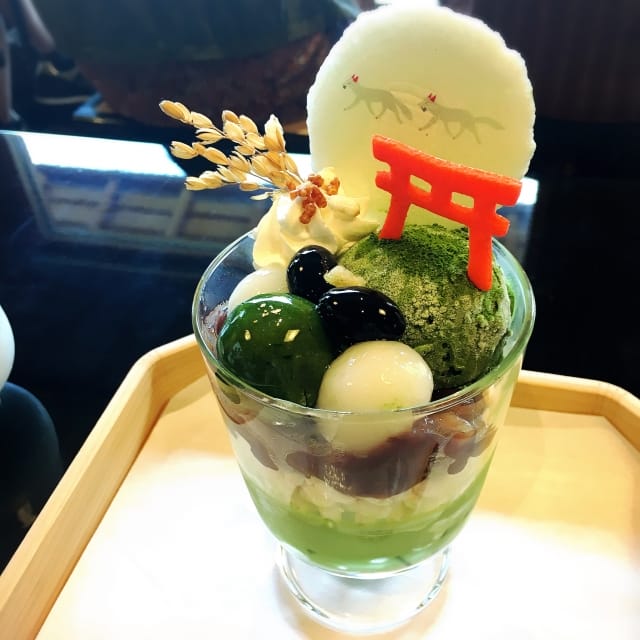
- Tofukuji Temple: Located just two stations away from JR Inari Station, this temple is famous for offering one of Kyoto’s most beautiful autumn landscapes. It is especially renowned for its stunning autumn foliage.
- Daigoji Temple: A World Heritage Site, this temple features extensive grounds dotted with historical buildings. It becomes especially popular during the cherry blossom season in spring.
- Uji River: Known for its quiet and peaceful atmosphere, the Uji River is perfect for relaxing walks. In the summer, it hosts a large fireworks festival that attracts many visitors.
- Byodoin Temple: Built by a noble during the Heian period, this Buddhist temple is a national treasure and also a UNESCO World Heritage Site. The temple’s main hall, located in the center of a pond, appears as if it’s floating on water, providing a beautiful scenic view.
- Fushimi Inari Sando Shopping Street: This shopping street is an excellent place to enjoy local delicacies while strolling.
- Kizakura Kappa Country: Situated in the Fushimi district, this facility offers a chance to taste Fushimi’s historic sake. It’s perfect for those interested in sake tasting and learning about its history.
- Gekkeikan Okura Sake Museum: This museum, run by the famous sake manufacturer Gekkeikan in Fushimi, allows visitors to learn about the history and production process of Japanese sake, including sake tasting sessions.
Kyoto City Official Travel Guide
The “Kyoto City Official Travel Guide” is an essential online resource for anyone planning to visit Kyoto. This comprehensive guide offers a wealth of information to help travelers explore the historic and cultural wonders of Kyoto. It features detailed sections on various attractions, including temples, shrines, and gardens, highlighting the must-visit places in the city.
The guide also provides practical advice on how to navigate Kyoto, from transportation tips to accommodation options. Whether you’re interested in experiencing the city’s famous cherry blossom season, exploring its rich culinary landscape, or diving into its deep historical roots, this guide has you covered.
Moreover, it regularly updates with event information, ensuring visitors can enjoy the latest festivals and seasonal activities. With helpful maps, insightful articles, and recommendations on the best spots to visit, the “Kyoto City Official Travel Guide” is your go-to source for planning an unforgettable trip to one of Japan’s most enchanting cities.
For more detailed and up-to-date information, you can visit the Kyoto City Official Travel Guide website.

